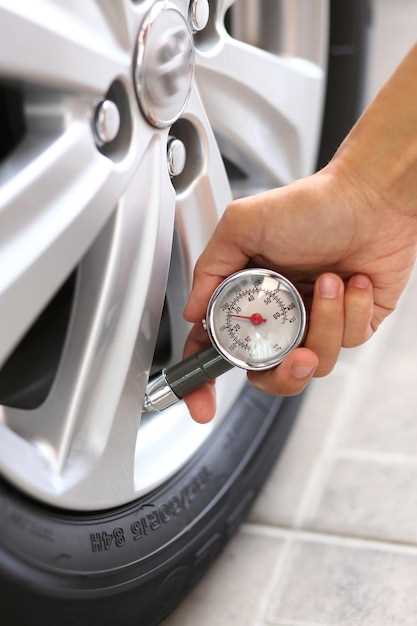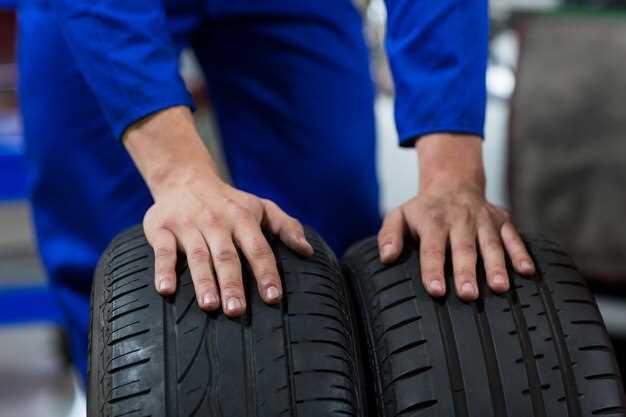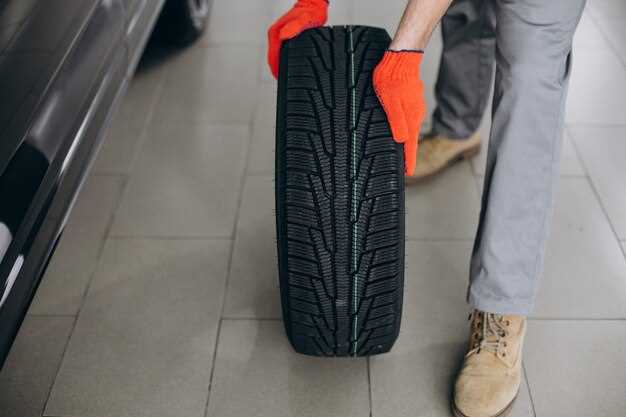

When it comes to enhancing the performance and aesthetics of your Mustang, understanding tire sizes is essential. The right size of tires can significantly impact handling, comfort, and overall driving experience. Mustangs are designed with specific tire dimensions to ensure optimal performance, making it crucial for owners to be knowledgeable about these specifications.
Tire sizes are typically represented by a combination of numbers and letters, such as P225/60R16. Each part of this designation provides valuable information regarding the tire’s width, aspect ratio, and construction type. For Mustang enthusiasts, grasping the meaning behind these figures will empower you to make informed choices, whether you’re replacing worn tires or upgrading for performance enhancements.
Moreover, the right tire size can affect not only the vehicle’s grip and stability but also its fuel efficiency and ride quality. Choosing the incorrect size may lead to subpar performance and increased wear on both tires and other vehicle components. By delving into the specifics of Mustang tire sizes, you’ll be better equipped to ensure your vehicle handles and performs at its best.
Decoding Tire Measurements: What Do the Numbers Mean?

Understanding tire measurements is crucial for ensuring the right size and fitment for your Mustang. Tire sizes are presented in a specific format that includes several key components, each conveying essential information about the tire’s dimensions and capabilities.
The most common tire size notation looks like this: 215/60R16. Each part of this code provides vital details:
215: This number represents the tire’s width in millimeters from sidewall to sidewall. In this case, the tire is 215 mm wide. A wider tire can improve grip and stability but may affect fuel efficiency.
60: This number indicates the aspect ratio, which is the height of the sidewall as a percentage of the tire’s width. An aspect ratio of 60 means the sidewall height is 60% of the tire’s width. Lower aspect ratios generally provide better handling but can lead to a harsher ride.
R: This letter designates the tire’s construction type. ‘R’ stands for radial, which is the standard construction for most passenger vehicle tires today, offering better performance and durability.
16: The final number in the sequence is the diameter of the wheel in inches that the tire is designed to fit. In this case, the tire fits a 16-inch wheel. Choosing the correct diameter is essential for proper fitment on your Mustang, affecting both handling and safety.
Selecting tires with the right measurements is essential not only for performance but also for safety. Always consult your vehicle’s manual or a tire expert to ensure you choose the correct size for your Mustang.
Selecting the Right Tire Fitment for Your Mustang Model

Choosing the right tire size for your Mustang is crucial for optimizing performance, safety, and aesthetics. Each Mustang model comes with specific tire size recommendations that cater to its design and intended use. Failing to select the appropriate size can adversely affect handling, ride quality, and overall vehicle dynamics.
First, it’s essential to refer to the manufacturer’s specifications, typically found in the owner’s manual or the door jamb sticker. These guides outline the best tire sizes that align with your Mustang’s suspension setup and performance characteristics. Common tire sizes for Mustangs include variations like 225/60R16, 255/40R19, and more, depending on the model year and trim level.
When selecting a tire size, consider your driving conditions and style. If your Mustang often sees track time, opt for performance-oriented tires that offer better grip and responsiveness. Conversely, if daily driving or long-distance travel is your priority, choose all-season tires that deliver comfort and longevity.
Additionally, consider the wheel width and offset, as these factors influence the tire fitment. Wider tires may provide more grip but can also lead to rubbing issues if the spacing is inadequate. Ensure that the selected tire size maintains the appropriate load rating and speed index to meet safety requirements.
Lastly, remember that tire brands and models vary in actual dimensions, even if they share the same nominal size. Consult user reviews and professional recommendations to ensure you choose tires that perform well on your specific Mustang model. Taking the time to select the right tire size will enhance your driving experience and prolong the life of your vehicle.
Common Tire Size Misconceptions and How to Avoid Them
When it comes to selecting tires for your Mustang, there are several common misconceptions regarding tire size and fitment. Addressing these misconceptions is crucial to ensure optimal performance and safety.
One common misconception is that all tire sizes are interchangeable. Many enthusiasts believe that any tire marked with a similar profile will fit without any issues. However, tire fitment depends not only on the size but also on the vehicle’s specifications, suspension setup, and intended use. To avoid this pitfall, always consult your owner’s manual or a trusted tire expert to confirm the appropriate size for your Mustang.
Another misconception is that wider tires always provide better grip. While a wider tire can improve traction in some scenarios, it can also lead to issues such as rubbing against the fenders or affecting the steering response. Inaccurate fitment can decrease handling performance and increase wear on suspension components. To prevent these problems, consider the manufacturer’s recommendations for tire width and profile that harmonize with your Mustang’s characteristics.
There’s also a myth that upgrading to a larger tire size guarantees a performance boost. While larger tires may provide a more aggressive look, they can alter your vehicle’s gearing and lead to speedometer inaccuracies. This can not only affect performance but also pose potential safety risks. To sidestep this issue, always research how a change in tire size impacts your Mustang’s overall performance and efficiency.
Lastly, many assume that managing tire pressure is less important with larger or wider tires. In reality, maintaining the correct tire pressure is crucial regardless of size. Incorrect pressure can lead to uneven wear, reduced handling, and compromised safety. Regularly check and maintain the recommended tire pressure to maximize both performance and safety.
By understanding these common misconceptions and focusing on proper tire fitment and size selection, you can enhance your Mustang’s performance and ensure a safer driving experience.






